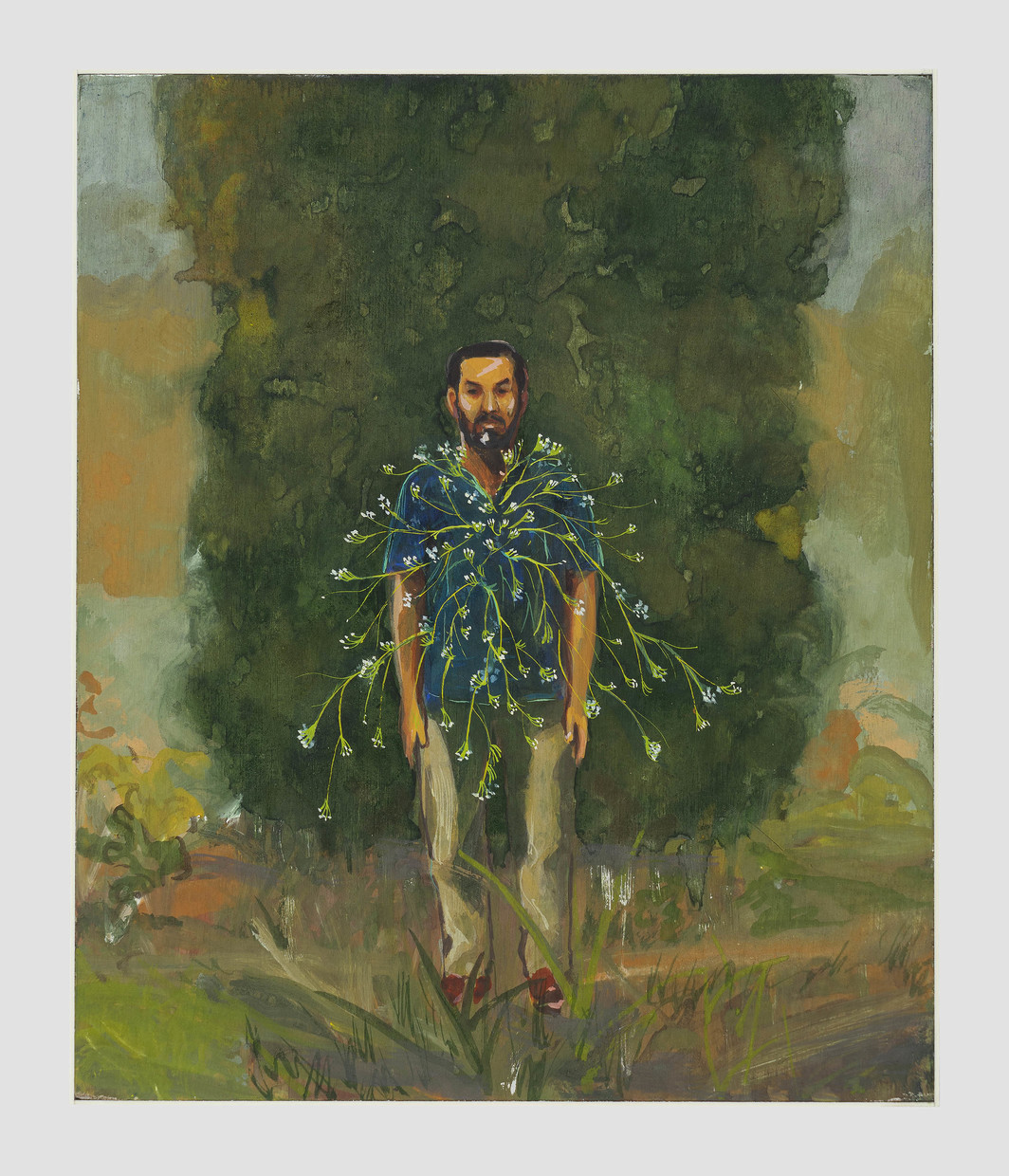The V&A’s Latest Exhibition Explores Fashion and Masculinity in all its Forms

It’s no secret that the concept of masculinity has been a hot topic in recent years, with conversations about toxic masculinity, gender-fluidity, and ‘appropriate’ dressing for men taking centre stage in pop culture. Coupled with the rise of next-generation menswear designers challenging the norm and making their mark in the fashion industry, what we’ve come to know as men’s fashion is constantly changing, and the V&A’s collaboration with Gucci on this exhibition shows us this is nothing new.

Featuring Renaissance paintings, classic films and pieces from designers around the world, the exhibition looks at three elements of menswear and masculinity. Undressed, the first gallery, explores the male body and beauty standards set for men in ancient history. Sculptures of Greek gladiators draped in materials that accentuate their athleticism and videos of male ballet dancers fill the room, which looks at how undergarments have played a huge role in pushing the ideal male form over time. Along with these classical pieces, you can find the work of designers known for their defiance of this ideal and their own interpretation of male physicality. Described as a brand without one gender in mind, pieces from Ludovic de Saint Sernin’s SS20 ‘WetnWild’ collection appear in the gallery as a display of the freedom of sexuality and self-expression that underpins his work. Other pieces like a padded gilet from A-COLD-WALL* and a printed blazer from Jean Paul Gaultier serve as a memento of how clothes can highlight the ‘perfect’ male body and construct it, making you question if there’s even such a thing as the perfect body.

From one extreme to the other, ‘Overdressed’ takes the visitor to a world of luxury, with clothing and materials used as signifiers of wealth. Staples of aristocratic fashion, lace trimmings and baroque stitching are present not only in paintings of high society men from the 18th century, but as evidence of how these materials have been updated for a modern context.
Utilised by the likes of Harlem legend Dapper Dan for rappers who indulged in braggadocio, these once exclusive materials, only for a man of a particular status, became the go-to for Black men rapping about their expensive lifestyles, ensuring that their lyrics matched their reality. But the gallery doesn’t just focus on European and American menswear; you get a glimpse of how the wealthy from ancient and contemporary China, India, and Nigeria used silks, patterns and especially colour to support the ever-changing idea of masculinity. Brands like the Lagos native Orange Culture and British Bangladeshi Rahemur Rahman showcase the power of overdressing and using traditionally feminine patterns as a means of reclaiming masculinity for the wearer.

The last gallery explores this in more depth, looking at how the classic suit and traditional tailoring have been reimagined by a new wave of fashion designers and muses. From carefully constructed Savile Row suits to the youthful take on the suit by emerging subcultures of the 50s through to the 80s, ‘Redressed’ shows how one garment can be interpreted in countless ways. To close the exhibition off, three iconic gowns from recent years embody how far fashion has moved from the binary: Actor Billy Porter’s Christian Siriano tuxedo gown worn at the 2019 Oscars, a wedding dress worn by drag queen Bimini Bon Boulash, and a custom Gucci gown and tailored jacket worn by Harry Styles for his Vogue cover.

Thanks to social media, rising designers and celebrities being unafraid to think outside the box, the concept of masculinity has taken on a whole new meaning. We decide how we want to define it, and menswear becomes more than a category of fashion but a form of self-expression.
The exhibition is running at the V&A until November 6th 2022.
Discover more from GUAP’s Fashion section here




![ZINO VINCI’S ‘FILTHY & DISGUSTING’EP BRINGS YOU TO THE CORE OF THE ARTIST [@ZinoVinci]](https://guap.co/wp-content/uploads/2023/10/Zino-4.jpg)



